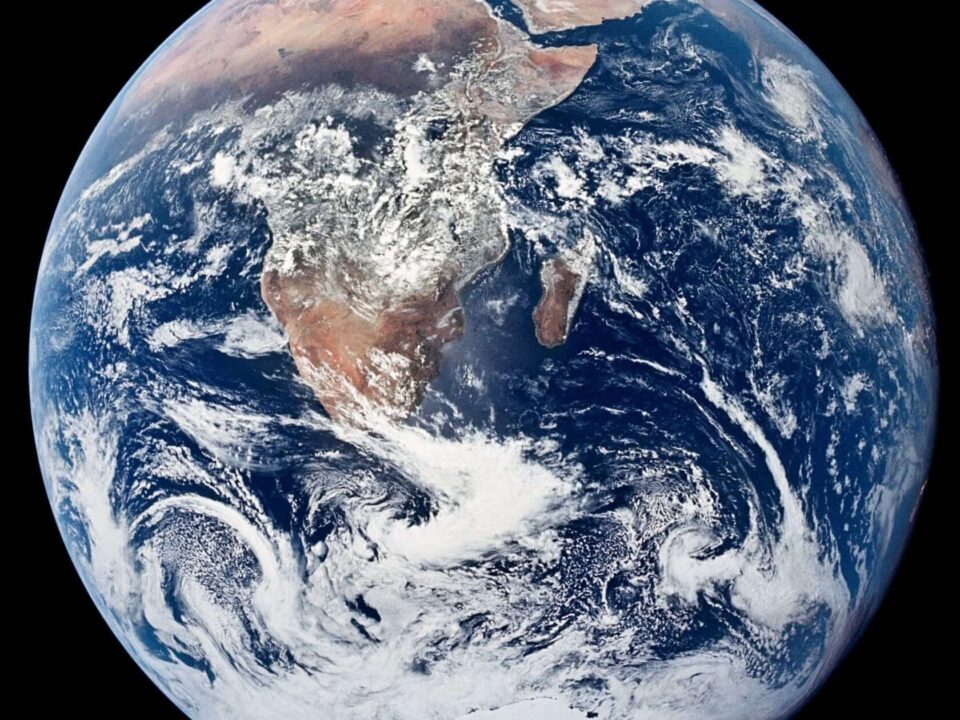In previous posts I have been seeking to describe the science of purpose. Now it is worth getting down to the basics of what science actually is and how it works. The goal is to tease out what has heretofore been elusive for conventional science. I am referring to the elephant in the room, or rather in the laboratory: purpose.
In this context it is necessary to distinguish between measuring grossly objective phenomena versus observing the effects of invisible forces and creating a theory as to what might account for them. Newton came up with a model for that ubiquitous invisible force called gravity. Einstein proved that Newton was not entirely correct and offered a more sophisticated model of why we are snuggled tightly to the ground.
The point is that for much of science, where we cannot actually touch or see what we are describing, we create a model that allows us to think in macroscopic, concrete terms about what might be going on below the level of our senses.
Invisible Entities
Consider the models we create to describe the action of the invisible entities we refer to as molecules. The study of molecules and their interactions is called chemistry. And chemistry began with simple compounds such as water, hydrogen, oxygen, ammonia, etc. This was inorganic chemistry, arising in the 19th century. And for over a century it seemed that the models we created to describe the reactions between these entities was indeed verifiable in test tubes.
But something very strange has happened in the world of chemistry for the past 20 to 40 years. We now have the discipline of molecular biology, aka biochemistry, where we study the behavior of the molecules of life.These are well-known entities: DNA, RNA, proteins, lipids, etc. When these new disciplines arose in the second half of the 20th century, the models of the 19th century were still employed. After all, these were still just molecules. They must obey the basic laws of chemistry and physics. They must behave like Tinkertoy objects, mindlessly responsive to all the impinging forces of the organic milieu.
Read the Full Article on EvolutionNews.org




